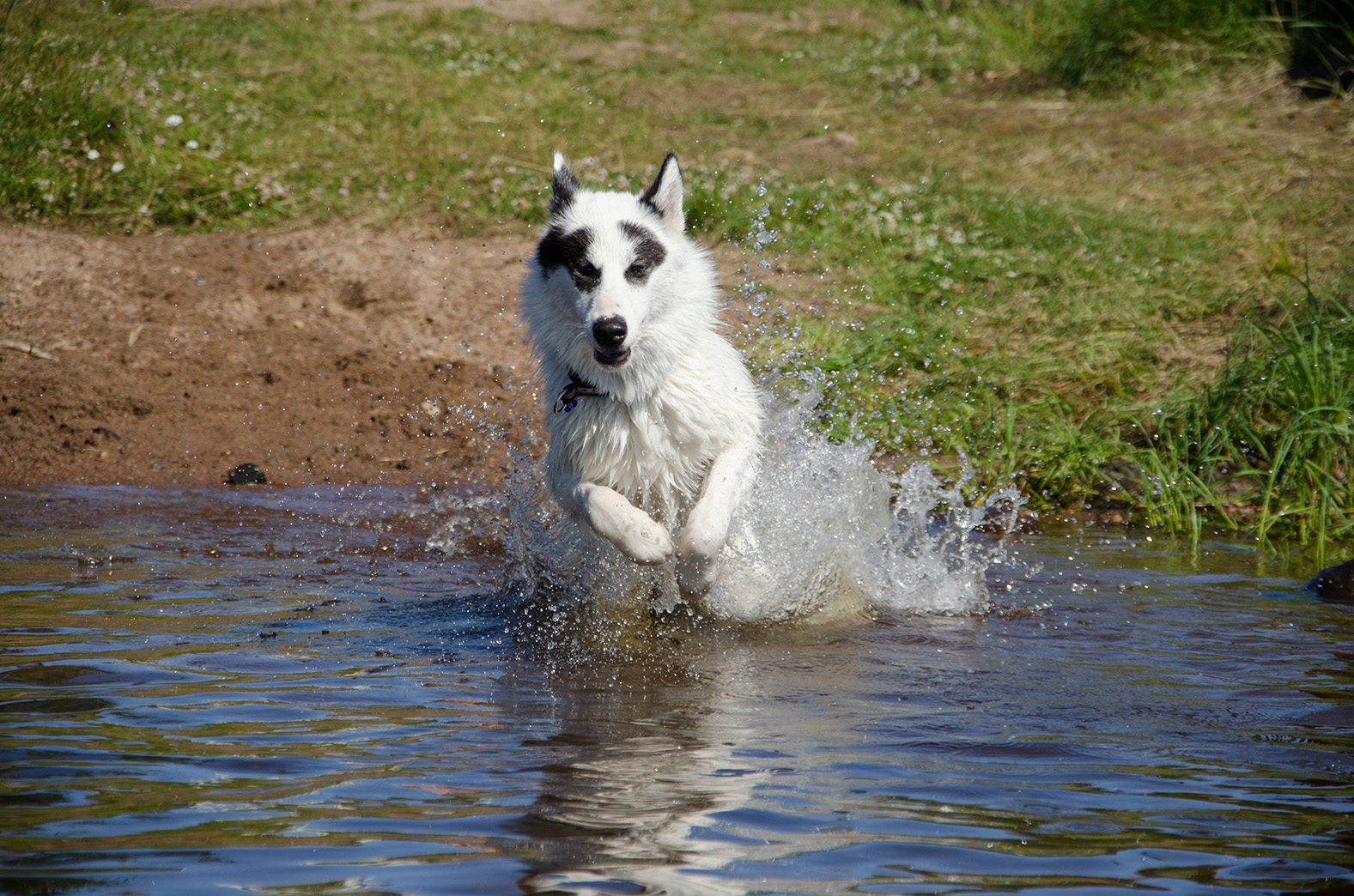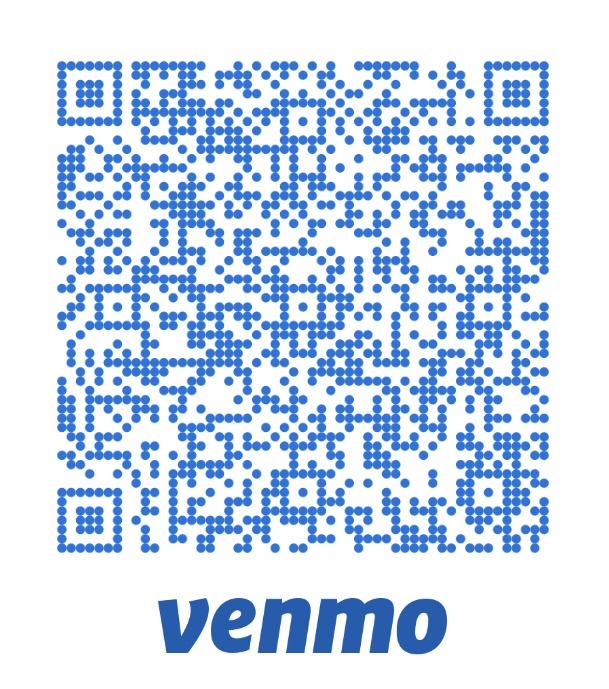Canadian Eskimo Dog

Description
The Canadian Eskimo Dog, also known as the **Canadian Inuit Dog**, is a powerful and resilient working breed originally used by Arctic peoples for sledding, hunting, and protection. This ancient breed is known for its strength, endurance, and independence, making it an excellent choice for tasks in extreme cold and rugged environments.
Physically, the Canadian Eskimo Dog is a large, muscular dog with a thick double coat that helps it withstand freezing temperatures. Its coat is usually dense and woolly, often seen in colors like black, white, gray, or sable, with a distinctive "mask" around the eyes. The breed has a bushy tail that curls over its back, erect ears, and piercing eyes that convey its alert and determined personality.
Temperamentally, the Canadian Eskimo Dog is intelligent, independent, and loyal. While it is often reserved with strangers, it is deeply devoted to its family and is known for being protective and affectionate. Early socialization is important, as this breed can sometimes be aloof or territorial. Despite its independent nature, it can form strong bonds with its owners and enjoys being part of family activities.
Training a Canadian Eskimo Dog requires patience and consistency. Though highly intelligent, it can be independent and somewhat stubborn, so a firm yet positive approach is necessary. This breed benefits from regular mental stimulation and physical activity to prevent boredom and ensure it remains well-behaved.
As an active working breed, the Canadian Eskimo Dog requires regular exercise and enjoys outdoor activities such as running, hiking, or pulling sleds. It thrives in environments where it can work and engage in physical tasks, making it ideal for experienced dog owners with an active lifestyle or those who can provide a lot of space.
Overall, the Canadian Eskimo Dog is a loyal, hardworking, and strong breed that excels in demanding environments. It is best suited for experienced dog owners who can meet its exercise needs and provide consistent training. With the right care, it can be a devoted and energetic companion.
History
The Canadian Eskimo Dog, also known as the Canadian Inuit Dog or *Qimmiq*, is one of North America’s oldest and rarest indigenous canine breeds. Archaeological and genetic evidence suggests that these dogs have accompanied the Inuit peoples for centuries—some estimates go back over 4,000 years—serving as indispensable companions in the Arctic. Inuit communities relied on them for transportation, hauling supplies, and aiding in hunting expeditions. Their robust build, thick double coat, and incredible stamina allowed them to thrive in one of the harshest climates on the planet. For many Inuit, the bond with their *Qimmiq* was a matter of survival; the dogs could detect thin ice, protect against polar bears, and travel long distances across ice fields or frozen tundra.
The breed experienced a significant decline in the mid-20th century, partly due to the growing use of snowmobiles and airplanes, which replaced dog-sledding as the primary means of Arctic transport. Also controversial were reported culling programs in northern communities, further decimating their numbers. By the 1970s, the Canadian Eskimo Dog was nearing extinction, prompting a few passionate advocates to initiate preservation programs. Organizations and dedicated breeders stepped in to preserve the breed’s genetic lines and re-emphasize their cultural and historical importance to Inuit heritage.
In modern times, the Canadian Eskimo Dog is still considered rare, even within Canada. Recognized by the Canadian Kennel Club (CKC), the breed is maintained by a small but committed group of breeders and enthusiasts who appreciate its singular combination of toughness, intelligence, and unwavering loyalty. While fewer are used for traditional Arctic work today, some still participate in sledding and polar expeditions, continuing a legacy that has shaped indigenous life in the high north for millennia. The Canadian Eskimo Dog stands as a living testament to resilience and partnership between humans and canines in one of the most demanding environments on Earth.
Colors
• Black
• Black & White
• Grey
• Liver
• Red
• White


